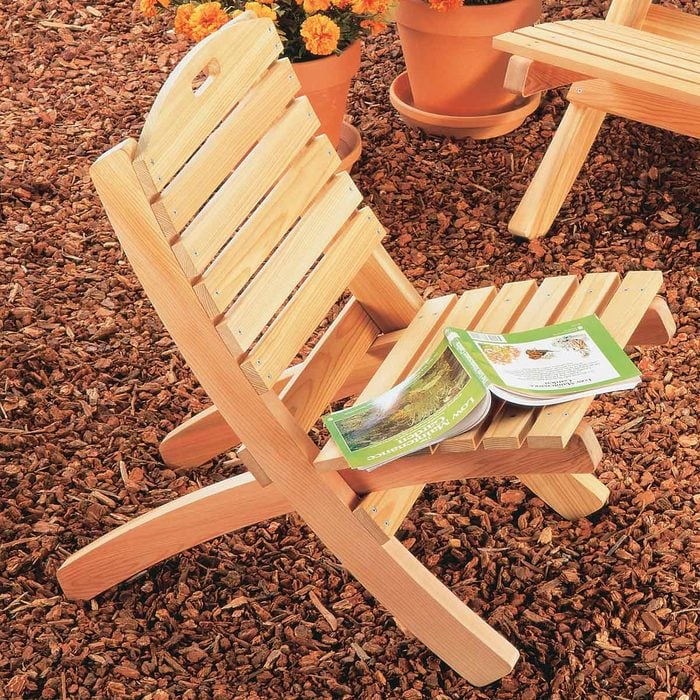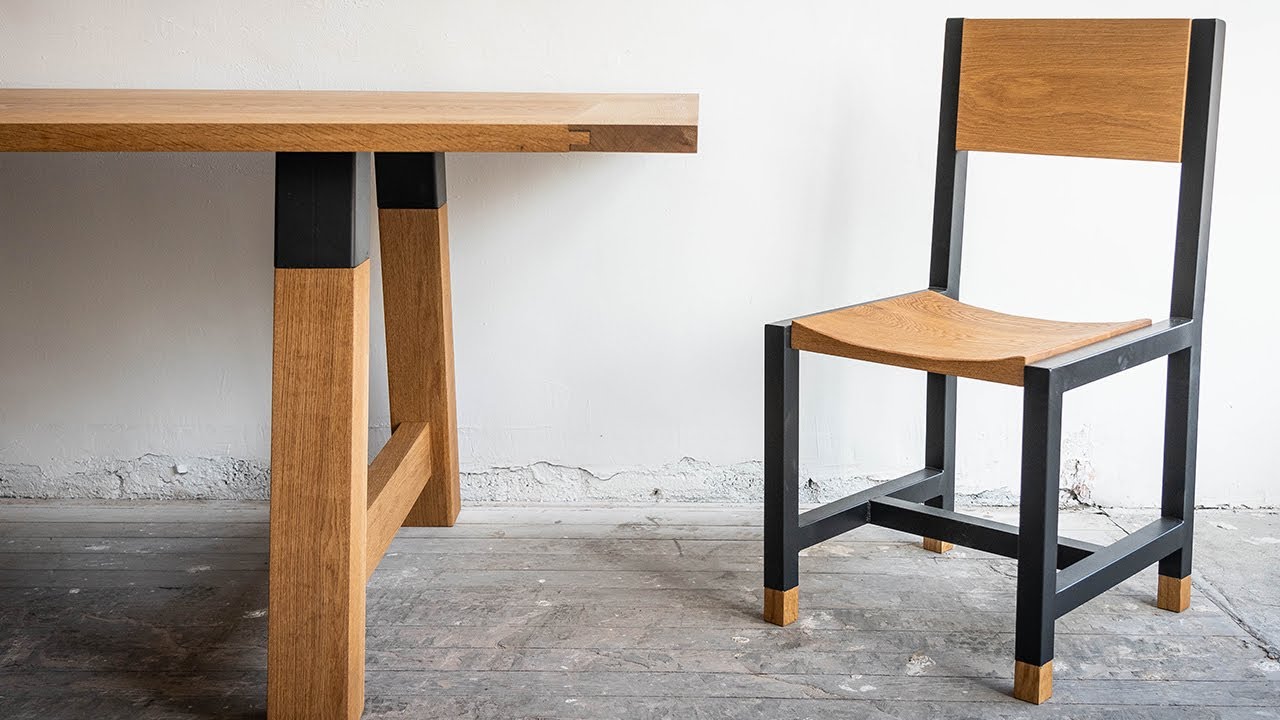Understanding Comfort in Chair Design

A comfortable chair is more than just a place to sit; it’s a crucial element in promoting good posture, reducing fatigue, and enhancing overall well-being. Designing a comfortable chair involves understanding the intricate interplay of ergonomics, posture, and support, all of which contribute to a positive seating experience.
Ergonomics and Posture
Ergonomics is the science of designing and arranging things so people can interact with them effectively and safely. In chair design, ergonomics focuses on how the chair supports the body’s natural curves and alignment, minimizing strain and promoting proper posture. A comfortable chair encourages a neutral spine position, where the natural curves of the back are maintained, reducing pressure on the spine and promoting good blood circulation.
Types of Chairs and Comfort Features
Different chair designs cater to specific needs and preferences. Here are some examples:
- Office chairs: These are designed for prolonged sitting and often feature adjustable features like seat height, backrest tilt, and lumbar support to promote good posture and reduce back pain.
- Dining chairs: Typically designed for shorter periods of sitting, dining chairs prioritize comfort and aesthetics. They often have padded seats and backs, and some models may feature armrests for added support.
- Recliners: Recliners are known for their ability to adjust to different positions, allowing users to relax and unwind. They often feature footrests and adjustable backrests, providing a range of comfort options.
Materials and Construction for Comfort: How To Make A Wooden Chair Comfortable

The comfort of a wooden chair is heavily influenced by the materials used and the construction techniques employed. Choosing the right wood species and incorporating appropriate padding and upholstery can significantly enhance the overall seating experience.
Wood Species and Their Properties
The choice of wood species plays a crucial role in determining the comfort of a chair. Different wood species possess unique properties that impact the chair’s feel, durability, and aesthetic appeal.
- Hardwoods, such as oak, maple, and cherry, are known for their strength, durability, and resistance to scratches and dents. These woods are ideal for chair frames and legs, providing a sturdy foundation for the seating surface. However, hardwoods can be heavier and more expensive than softwoods.
- Softwoods, such as pine, cedar, and fir, are lighter and more affordable than hardwoods. They are often used for chair backs and seats, offering a more flexible and comfortable feel. However, softwoods are less durable than hardwoods and may be more susceptible to scratches and dents.
Padding, Upholstery, and Cushions
Padding, upholstery, and cushions play a critical role in enhancing the comfort of a wooden chair. The type and amount of padding used can significantly impact the chair’s feel and support.
- Padding: Padding is typically placed between the chair’s frame and upholstery. Common padding materials include foam, cotton, and wool. Foam provides cushioning and support, while cotton and wool offer breathability and softness.
- Upholstery: Upholstery is the fabric covering that encases the padding. It adds a layer of comfort and aesthetic appeal. Common upholstery materials include leather, fabric, and vinyl. Leather is durable and luxurious, while fabric offers a wide range of textures and colors. Vinyl is a budget-friendly option that is easy to clean.
- Cushions: Cushions are separate components that can be added to a chair to provide additional support and comfort. Cushions can be made from a variety of materials, including foam, feathers, and down. They can be tailored to provide specific types of support, such as lumbar support or neck support.
Materials and Their Advantages and Disadvantages
The following table summarizes the advantages and disadvantages of various materials commonly used in chair construction:
| Material | Advantages | Disadvantages |
|---|---|---|
| Hardwoods | Strong, durable, resistant to scratches and dents | Heavy, expensive |
| Softwoods | Lightweight, affordable, flexible | Less durable, susceptible to scratches and dents |
| Foam Padding | Provides cushioning and support, available in various densities | Can lose its shape over time, may not be breathable |
| Cotton Padding | Breathable, soft, natural | May not provide as much support as foam, can be prone to wrinkles |
| Wool Padding | Breathable, soft, naturally flame-retardant | Can be expensive, may be prone to pilling |
| Leather Upholstery | Durable, luxurious, breathable | Can be expensive, may require special care |
| Fabric Upholstery | Wide range of textures and colors, affordable | May not be as durable as leather, can be difficult to clean |
| Vinyl Upholstery | Budget-friendly, easy to clean | Not as breathable as leather or fabric, may not be as comfortable |
Building a Comfortable Wooden Chair

Constructing a comfortable wooden chair involves a thoughtful approach to design, material selection, and construction techniques. By prioritizing comfort considerations at each stage, you can create a chair that provides optimal support and encourages relaxation.
Shaping the Seat, Backrest, and Armrests
The shape of the seat, backrest, and armrests significantly influences a chair’s comfort. Ergonomic principles should guide the design, ensuring proper alignment of the spine and reducing pressure points.
- Seat Shape: A slightly curved seat with a gentle slope towards the front promotes good posture and prevents pressure on the thighs. The seat’s depth should allow for comfortable legroom, while its width should accommodate the user’s hips.
- Backrest Shape: The backrest should provide lumbar support, conforming to the natural curve of the lower back. A slightly reclined angle promotes relaxation and reduces strain on the spine.
- Armrest Shape: Armrests should be positioned at a height that supports the forearms comfortably, reducing pressure on the shoulders and neck. A rounded shape prevents discomfort and promotes a relaxed grip.
Common Joinery Techniques
Joinery techniques are crucial for both the comfort and durability of a wooden chair. Strong and secure joints ensure that the chair remains stable and provides long-lasting support.
- Mortise and Tenon: This traditional joinery technique involves creating a rectangular hole (mortise) in one piece of wood and a corresponding projection (tenon) on another. The tenon is inserted into the mortise and secured with glue or wooden pegs, creating a strong and durable joint.
- Dovetail Joint: This interlocking joint is known for its strength and aesthetic appeal. It involves cutting a series of tapered pins (tails) on one piece of wood and corresponding slots (pins) on the other. The tails are fitted into the pins, creating a tight and secure joint.
- Spline Joint: A spline joint uses a thin strip of wood (spline) to reinforce the joint between two pieces of wood. The spline is glued into a groove cut into each piece, providing additional strength and stability.
Selecting and Preparing Wood, How to make a wooden chair comfortable
The choice of wood significantly impacts a chair’s comfort and durability. Hardwoods like oak, maple, and walnut are known for their strength and resistance to wear, making them suitable for chair construction.
- Wood Species: Consider the specific characteristics of different wood species, such as grain pattern, hardness, and durability.
- Moisture Content: Wood should be properly dried to prevent warping or cracking after construction. A moisture content of 6-8% is generally recommended for chair construction.
- Wood Preparation: Before assembling the chair, prepare the wood by smoothing surfaces and removing any imperfections.
Finishing the Chair
A final finish protects the wood from wear and tear, enhancing its appearance and providing a smooth, comfortable surface.
- Sanding: Sand the chair with progressively finer grit sandpaper to achieve a smooth and even finish.
- Finishing: Apply a sealant or finish to protect the wood from moisture and stains. Consider using a durable finish like polyurethane or varnish for long-lasting protection.
How to make a wooden chair comfortable – The art of crafting a comfortable wooden chair lies in understanding the nuances of its design and construction. From the curvature of the seat to the angle of the backrest, each element contributes to the overall experience. Delving into the rich history of chair design, as documented in the wooden chair hours , offers invaluable insights into how generations have strived to create chairs that offer both support and solace.
By drawing upon this legacy, we can continue to refine the art of crafting comfortable wooden chairs, ensuring that each one becomes a testament to the enduring human quest for comfort.
The secret to a comfortable wooden chair lies in its cushions, but for a growing toddler, comfort is about more than just plushness. They need a chair that adapts to their changing size, like the oxo tot sprout wooden chair , which adjusts as they grow.
This, combined with a well-padded seat, will ensure a comfortable experience for your little one, allowing them to enjoy their chair for years to come.
